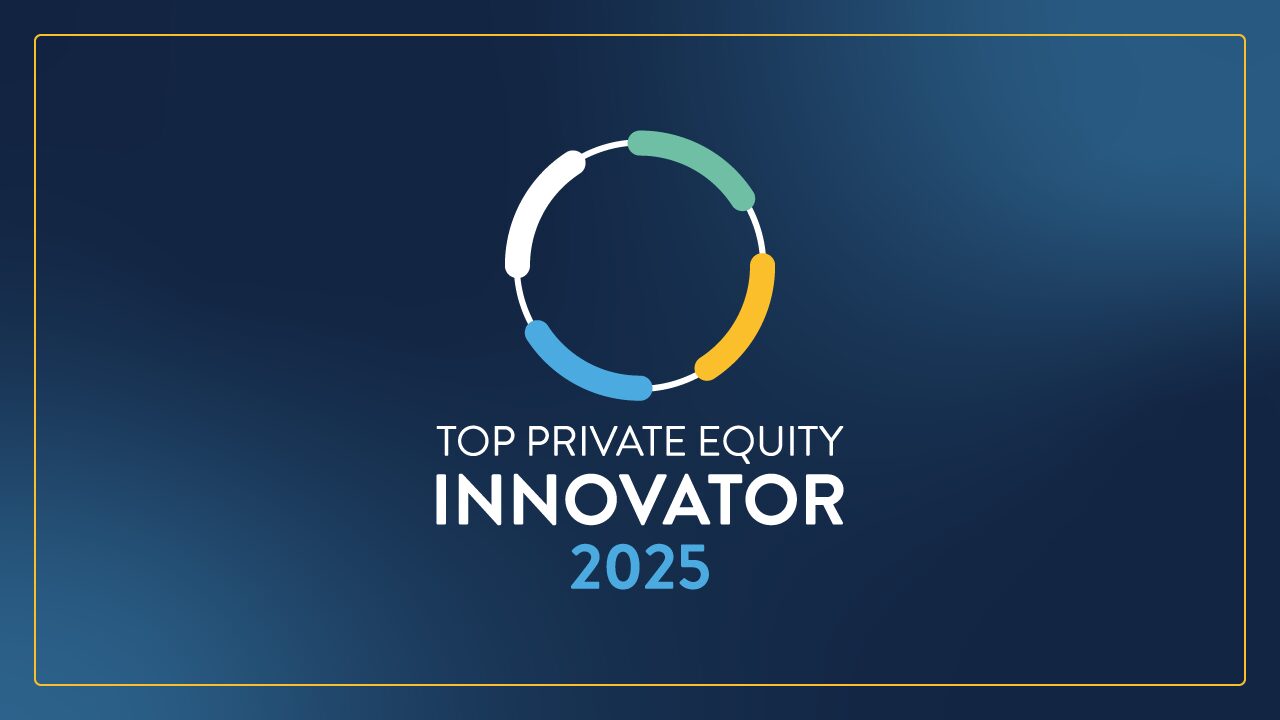On Thursday, March 5, 2020, we hosted a COVID-19 Intel Session for our PE fund stakeholders featuring leading experts from healthcare, government, and supply chain risks. For those who missed it, or perhaps aren’t officially part of our network yet, we wanted to provide the key takeaways on this important and rapidly-evolving topic.
As you likely know, COVID-19 is highly contagious, but the fatality rate is likely to be far lower than currently reported figures that use confirmed cases as a denominator. The high transmissibility is causing governments and businesses across the globe to limit movement of people and goods. This limitation of movement is causing disruptions in supply chains, which in turn is affecting global business performance. Measures can and should be taken going forward to limit risks within your businesses.
Here’s what you should know…
HEALTHCARE
According to Dr. Jeff Runge, President of Biologue, former CMO of DHS:
- As of March 5th, out of the nearly 100k cases reported, fewer than 200 are in the U.S., but that number will continue to rise in the coming weeks. [NB, as of March 10th, total and US cases were 118k and ~800, respectively].
- The virus is highly contagious, about twice that of seasonal flu but less than SARS-2003. The highest risk of death is in people over 60 or those with coexisting chronic medical conditions or with high or prolonged exposure to the virus. Children are less affected, based on the Chinese experience.
- For this virus, we don’t have vaccines or therapeutics, so public health prevention measures are the only countermeasures we have. Washing hands after any possible contact with a contagion, wiping down surfaces, and avoiding contact with other people and animals when you’re sick.
- The good news is that with isolation of the sick, social distancing, and good personal and environmental hygiene, it possible to reduce the number of people who will become infected by someone sick with coronavirus. The likelihood of infecting others is referred to as a reproductive ratio (R0). A disease with an R0 above a 2 will sustain an epidemic. Based on a study of the first 425 COVID-19 patients in China, the estimated R0 of COVID-19 was 2.2. The goal is to implement public health prevention measures such that the R0 will be less than 1.0, in which case the epidemic will die out on its own.
- Every company should have explicit plans and policies in place to limit unnecessary travel and attending large work gatherings, no travel if employees are sick, with international travel being more risky than short domestic flights so far, to prevent sick workers from coming to the office, and apply permissive use of remote work.
GOVERNMENT
According to Aaron Roth, Managing Director of Chertoff Group:
- Be mindful of source information. The government and academia are providing good information. Similarly, the mainstream media is generally providing good information, but be cautious of social media and non-authoritative sources.
- There are capacity constraints with medical supplies and personal protective equipment (PPE) for health workers. This will continue to be a government focus area.
- Perhaps less obvious, companies and employees need to also be thinking about cybersecurity. Working remotely introduces a higher risk level of cyberattacks. Bad actors will likely take advantage of this, so beware of anything that comes across the screen that says “Coronavirus” or “COVID-19,” etc. Be extra vigilant to cyber risks during this time.
- As this situation evolves, we should expect the government to institute additional international travel restrictions and we will likely see increased screening at airports if the outbreak persists. Companies must continue analyzing their business risk as it relates to international travel and their overseas operations.
- The Federal government will play a meaningful role in providing guidance and resources, but treatment/containment will occur at the local level and likely vary from State to State and city to city. You need to understand your risks by location. Your businesses should be in contact with their local authorities and local healthcare providers so they are best positioned for the coming months.
- Each of your businesses should have a business continuity plan with designated leaders.
SUPPLY CHAIN
According to Allison Wood, Associate Director at Control Risks:
- Beyond the impact on tourism, airline industry, and other travel-related businesses, COVID-19 has put a huge burden on companies with a heavy reliance on China for the supply chain: consumer products, industrial goods, auto, etc.
- Right now, most businesses in China are not operating fully. Labor is not at full capacity; only 66% of surveyed employees have returned to work. We think the situation will improve; but we still expect disruptions for weeks and months in areas of cross-country road support and shipping.
- Every company needs to map their supplier networks. Suppliers in China particularly need to be actively monitored and communicated with. Critical suppliers anywhere in the world need to also be closely monitored as they may be impacted by their own suppliers and other virus-related disruptions may be coming their way.
- Our economic partners are estimating a noteworthy decline in global economic performance due to COVID-19. Based on what we see now, global growth could slow from 2.5% to 2.3%, China could slow from 6% to 4.8%, and the U.S. could slow to 1.3%, the lowest growth rate since the Great Recession.
INFORMATION RESOURCES
Our panelists recommend that you monitor the following sources to keep up with the latest.
- Johns Hopkins GIS Tracker
- Centers for Disease Control
- World Health Organization
- US Travel Advisories
Bottom line: With some prudence, proactivity, planning, and a keen understanding of the risks, companies can lessen the impact of COVID-19 both at work and at home.
For further information or assistance with your companies, please reach out to any member of the BluWave team or send an email to info@BluWave.net.


